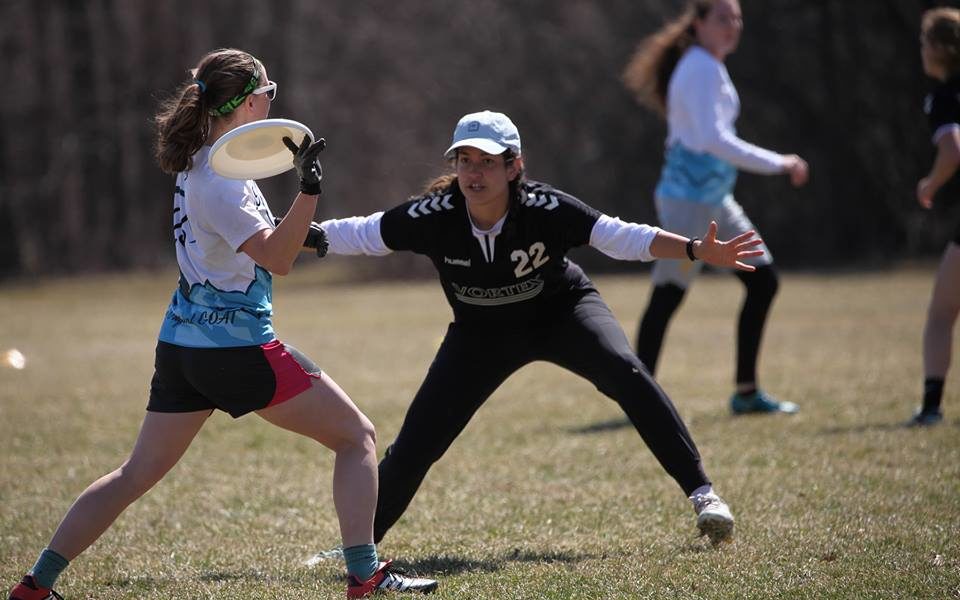
Without exaggeration, I will confidently say that squatting is the best exercise to make someone a better athlete. Squatting with proper form will correct most running and cutting technique errors, it will make you faster, it will make you more resistant to injuries. It is the most effective exercise for athletic development.
Our bodies have certain positions in which we are the most stable and the most powerful. Most lifts and exercises are simply the movement from one of these positions to the next. When we squat, we move from a standing position to our squat position, and then our legs extend back again to the standing position. In a sprint start, we start with our front leg in that similar squat position before it extends into a standing position (albeit with our body tilted at a forward angle). Whether we are sprinting or lifting, we are taking that same movement and adding speed, weight, or both. Consequently, nearly any improvement we make in squatting while lifting will transfer to sprinting.

One of the most obvious ways squats helps us is by making us stronger. Our muscles adapt in so many more ways than simply becoming bigger. Motor units start firing faster, the muscles default to strong fast-twitch fibers instead of the weaker slow-twitch fibers, proprioceptors that used to inhibit our strength (in order to keep our muscles from ripping off our bones) back off a little bit and let us be us.
Squatting also helps us become more comfortable, stable, and safe in those positions. An athlete that is comfortable pushing out of a deep squat is more likely to exhibit good technique coming out of a sharp change of direction, or when marking a thrower. When we squat we train our proprioceptors to recognize that proper position, and we strengthen the muscles around the joint to maintain that position. With that support, we can keep our knees in alignment, and are less likely to tear an ACL while decelerating or coming down from a jump.
Putting our joints in proper position also makes us more efficient in our movements. You can think of a car backing out with a trailer. If they are perfectly aligned all the energy that car is pushing back will be directed into moving the trailer back. If a wheel is slightly turned and the car-trailer combo is crooked, much of the energy coming out of the car will spill out to the side. For every twelve inches the car moves, the trailer only moves six. Similarly, if our knees cave in, our back hunches or our body leans over too much, we’re spilling energy out to the sides. If that’s happening in a slow and controlled squat, it’s certainly happening in a sprint. Spilled energy → less force directly into the ground → slower sprint times.
If I were king, I’d have all athletes doing weighted squats twice a week. Back squats (my favorite), front squats (see photo above), split squats, Bulgarian squats. They’re all great. Even if you don’t have access to weights, you can still train those positions with air squats, jump squats, and lunges. As a wise woman told me, “it’s as easy as sitting and standing again.” In fact, that’s a good place to start for many athletes regardless of what equipment is available. The important part is to stress form in all aspects: knee over the second toe, neutral spine, push from the heel, etc. However, if you can prescribe weighted squats to your athletes, they’ll all get a little bit better.
Further reading:
https://stronglifts.com/squat/
https://www.strongerbyscience.com/how-to-squat/










Comments Policy: At Skyd, we value all legitimate contributions to the discussion of ultimate. However, please ensure your input is respectful. Hateful, slanderous, or disrespectful comments will be deleted. For grammatical, factual, and typographic errors, instead of leaving a comment, please e-mail our editors directly at editors [at] skydmagazine.com.